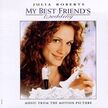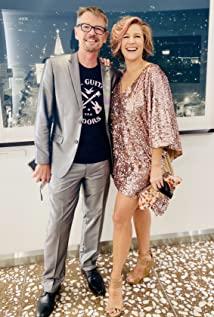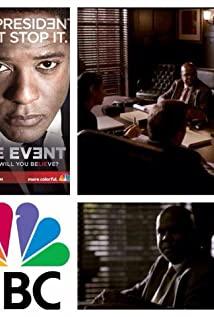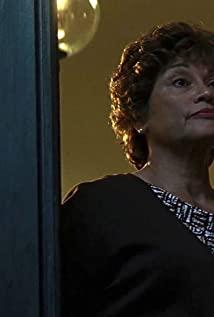U.S. Edition
Chinese version
select paragraph
The scene where the heroine arrives at the airport and meets with her ex-boyfriend and her current girlfriend.
10:51 - 12:50
13:30—16:00
environmental dimension
Space selection. The place where the three meet was chosen at an airport with a lot of traffic, and the environment is relatively noisy, which echoes the heroine's state of mind. The heroine came to this unfamiliar city alone to fight for love, and her heart was actually full of fear of the unknown. First of all, the heroine's state of looking around amidst the coming and going of people reflects her overwhelm when she came to the new environment. At the same time, the family reunited passers-by became the embellishment to highlight the heroine's single state. Secondly, what contrasts with the state of the female lead is the ease and enthusiasm of the male lead and the second female lead. This contrast and accident create a contradiction in the female lead's heart.
The place where the three people meet in the Chinese version takes place outside the airport, and the exterior scene is visually wider and wider, lacking the sense of oppression and drama brought about by the interior space.
MOP level
The focus of this scene in the American version is to establish the image of the second female lead with enthusiasm and self-confidence, as well as the surprises and pressures it brings to the female lead. Therefore, the focus of the mise-en-scene is to show the character and mental state of the two people through the "active" and "passive" behaviors. The second female has been in the "active" state since she appeared on the stage. "Breaking into" the screen space shared by the heroine and the heroine from the endless crowd, the second girl keeps approaching the heroine from a distance, the heroine stays still, and the camera pushes forward to the close-up of the heroine's face, forming a A sense of pressure (from the female second direction). Then in the driving scene, the design of the female second mastering the steering wheel and racing also emphasized her initiative and aggressiveness, while the frightened female protagonist did not dare to move on the co-pilot. As a result, the contrast between the two formed through the mise-en-scène shows the passionate character of the second female first, while the female protagonist is bound to get a completely passive contrast from the very beginning, revealing her inner surprise and panic.
The Chinese version of the scene scheduling is different. The contact between the female second and the female protagonist is achieved by the male protagonist holding the female protagonist's hand and walking over. The addition of the male protagonist's scheduling distracts the dramatic tension between the two women. Being in a "passive" state, unable to see changes in the relationship between the two women, or psychological activity. The driving action is also issued by the male protagonist, so in the Chinese version, it can be found that in this scene, the "active" party is the male protagonist, and the contradiction between "active" and "passive" has been transferred to the relationship between the man and the two women. The result of this design is that the male protagonist's emotional intelligence is very low, and the feelings of either side of the woman are not considered. The American version of the man is "invisible", which is mysterious, not only more attractive, but also gets rid of the moral judgment of the audience.
line level
In terms of lines, the line design of the American version also tries to highlight the image contrast between the heroine and the second girl. First of all, the second girl was very talkative because she was excited, she kept talking, while the heroine was in a state of "aphasia" due to an accident. The deprivation of the "right to speak" once again highlights the passive state of the heroine, and the content of the dialogue also highlights this point unexpectedly. "Etc., in fact, they are all strongly imperative language, so the heroine's panic is not only from the active and passive behavior at the moment, but also from the fear of being "dominated" by the second female lead. The more important significance of such lines is that in terms of time, the present and the future are in a tension full of contradictions and drama. While highlighting the characters and psychology of the two, the audience is firmly attracted by the plot. Secondly, the male protagonist is still in a state of "invisibility" in these paragraphs. He sits in the back seat and does not say a word, but also appears mysterious and calm. Silencing the man is a safe bet because it keeps the dramatic tension between the two women and prevents the man from being scolded by the audience for "shut up if you can't talk" or get caught in other judgments.
And the Chinese version of the man is always chattering, but in this passage, the dramatic conflict is not on the man, a slap is not clapped, the man is like a clown, his embarrassing and nutritious one-man show is forcibly completed to introduce each other to two women Theatrical task of identity, occupation. The amount of information contained in the rare dialogue between the heroine and the second woman is only superficial, and the dialogues such as "where is your luggage" and "you can wear my clothes tomorrow" are just "the heroine is a big-name editor". Semantic repetition.
View more about My Best Friend's Wedding reviews











